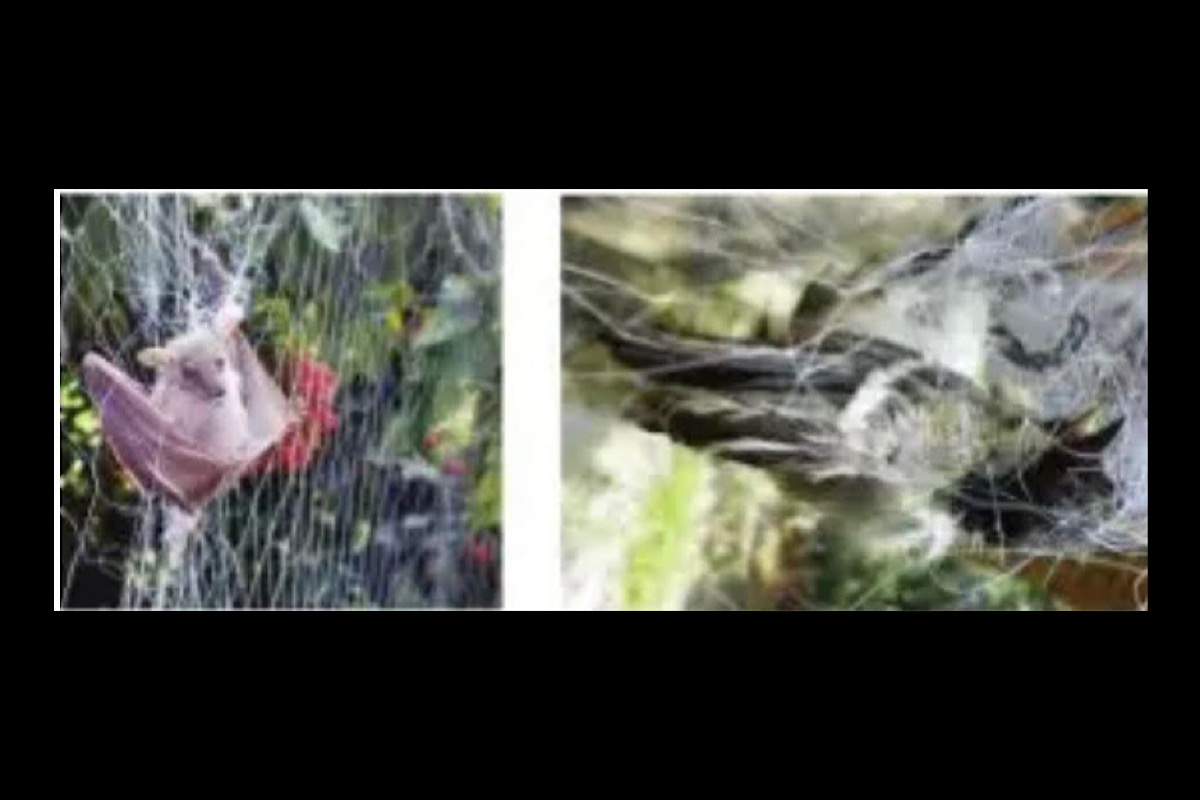People engaged in pisciculture, aquaculture, and commercial fruit production have resorted to harmful practices for greater profits, directly disrupting the biodiversity chain. Natural water bodies like ponds and lakes, and artificial water bodies are now being used for pisciculture and aquaculture.
Birds, which usually survive on fish, like kingfishers, herons, cormorant (pankauri) and others, as per their natural instinct, pick up fishes that come quite close to the surface of the water.
Advertisement
To prevent birds from picking up fishes from the water bodies, a nylon trap net is laid over them. As a result, these birds get entangled in the nylon trap nets and the trapped birds, in a desperate attempt to free themselves, seriously get injured. The nylon threads get entangled around the neck of the birds suffocating them to death.
Similarly, orchard and grove owners, in order to prevent the fruits from being eaten up by birds, also set up nylon trap nets. Birds which usually feed on fruits and have trees as their natural habitat, get badly trapped in the nets and ultimately succumb to their injuries.
Nature activist Chandan Clement Singh said, “Every species has the natural right to free movement, collecting food, reproduction and selfdefence. The laying of nylon trap nets in the open is an act of cruelty towards birds of different species.
Prevention of Animal Cruelty Act, 1960 must be strictly imposed against those who, for greater commercial profits, are posing a threat to the life of birds and animals. All the barriers put up opposing the free movement of birds posing threat to their existence must be lifted and prohibited.
The biodiversity chain is being badly disturbed, leading to an alarming fall in the numbers of birds which depend for their food on open water bodies and natural water resources.”











